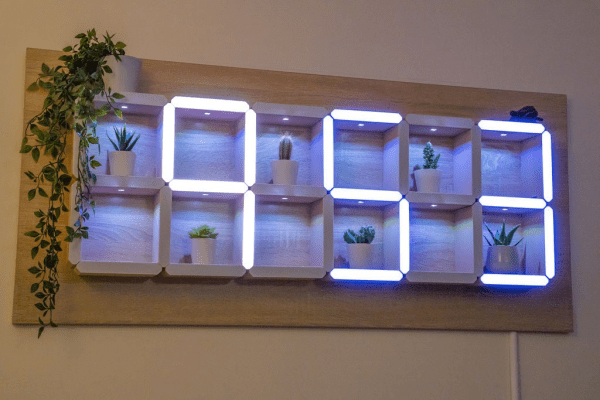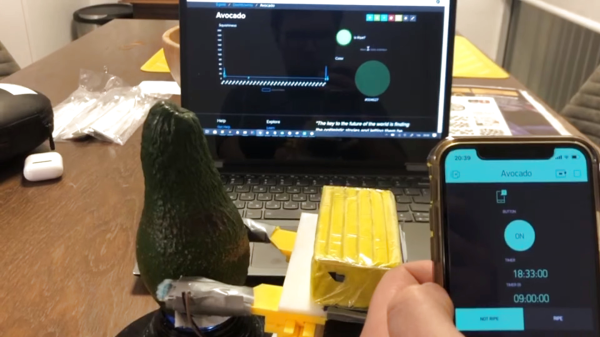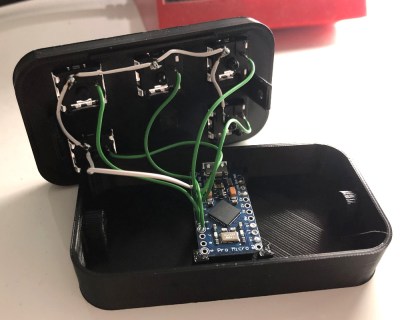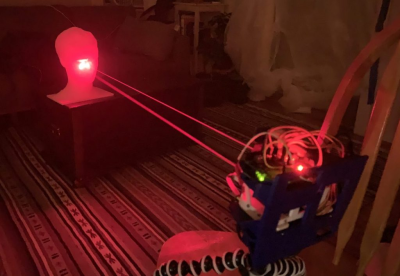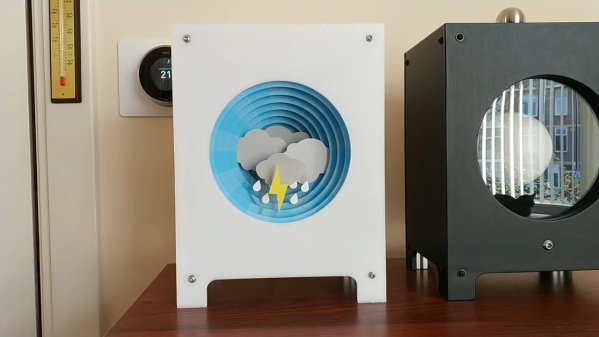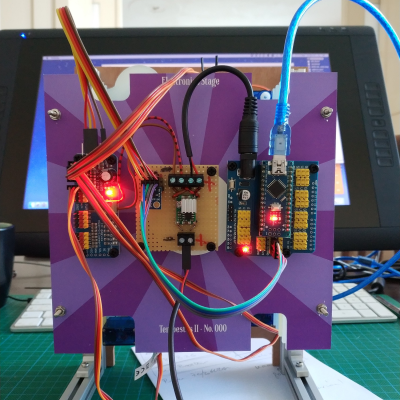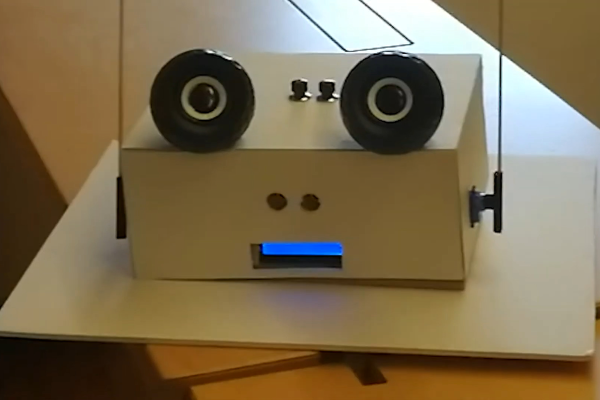Just when we think we’ve peeped all the cool baby keebs out there, another think comes along. This bad boy built by [andyclymer] can be configured three different ways, depending on what kind of control you’re after.
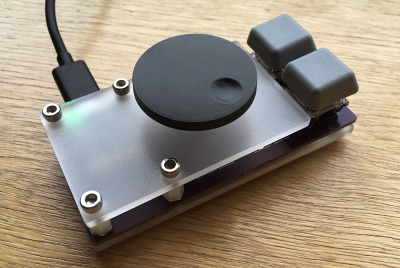 As designed, the PCB can be used as a six-switch macro keyboard, or a rotary encoder with two switches, or a pair of rotary encoders. It’s meant to be controlled with Trinket M0, which means it can be programmed with Arduino or CircuitPython.
As designed, the PCB can be used as a six-switch macro keyboard, or a rotary encoder with two switches, or a pair of rotary encoders. It’s meant to be controlled with Trinket M0, which means it can be programmed with Arduino or CircuitPython.
This could really only be cooler if the key switch PCB holes had sockets for hot-swapping the switches, because then you could use this thing as a functional switch tester. But hey, you can always add those yourself.
If you’re in the market for purpose-built add-on input device, but either don’t have the purpose nailed down just yet, or aren’t sure you want to design the thing yourself, this board would be a great place to start. Usually, all it takes is using someone else’s design to get used to using such a thing, at which point it’s natural to start thinking of ways to customize it. [andyclymer] is selling these boards over on Tindie, or you can roll your own from the repo.
Need just a few more inputs? We’ve got you covered.


